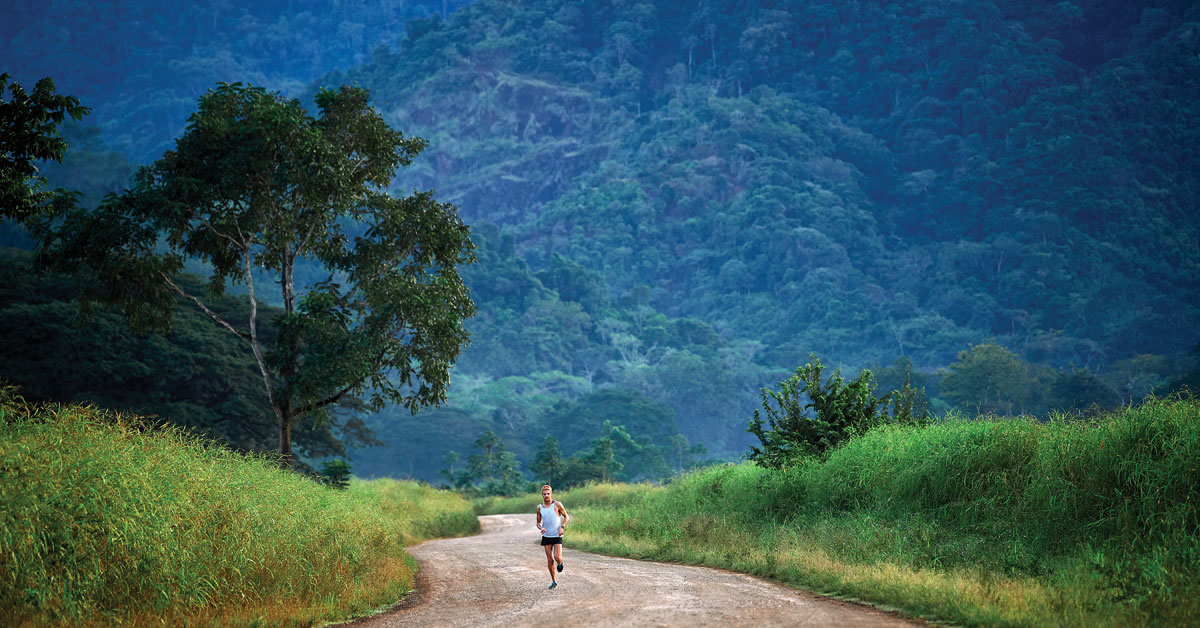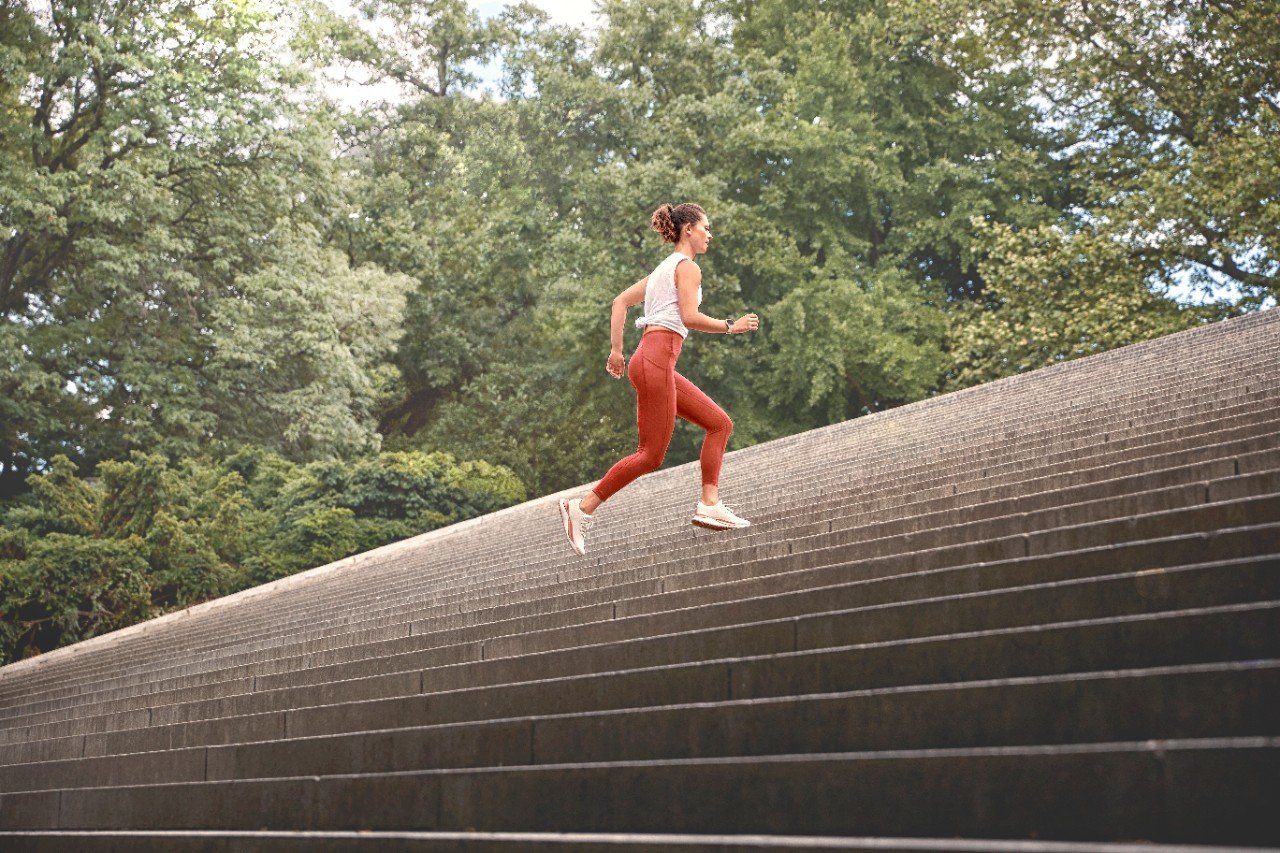
Planning the perfect running route to boost your performance
Want to know a common mistake that could be hindering your running pace or endurance?
It’s not wearing running shoes that aren’t expensive enough. Or fabrics that aren’t breathable enough. And it’s not a lack of electrolytes or anything like that. It’s simply the route you run.
Planning a new running route could be all you need to boost your speed, your distance and your enjoyment. Don’t let a poor route destroy your motivation or worse, your legs.
Here’s some things to consider when you plan your next run…
What surface should you run on?
Should you plan your running route over concrete, grass, sand or something else? There are pros and cons to each surface type you run on.
Our advice is to avoid the extremes when you’re new to running. Running on a super hard surface like concrete could exhaust your legs before you’ve got very far. And running on a super soft surface like sand could cause an injury if you’re not used to it. Surfaces like dirt paths and grass, however, can give you the best of both worlds.
Should you run hills?
Hills are tiring. But running up and down them can provide lots of benefits. It all depends on what your goal is. If you’re looking to set your fastest 5km, you probably want to avoid hills when planning your route.
But hills will help better increase your power, speed and endurance if you want to train for fast or longer runs.
How busy is the area?
Crowds and running don’t go well together. Dodging in and out of countless people as you run can slow you down, stress you out and generally demotivate you. So you might want to avoid your local park if and when it gets particularly busy.
So when preparing your running plan, ask yourself: is there somewhere quiet you can run? Is there a quieter time you can run?
Will the scenery keep you interested?
Running around and around and around a small park is going to get very dull very quickly.
The last thing you want is to get bored half-way through a long run. It’ll pretty rapidly demotivate you. So when planning your route, don’t think in terms of laps. Instead, map out your run so that it keeps taking you over new ground.
And running through interesting areas will help keep you inspired and keep you going. Think parks, common land, rivers, beaches, lakes, countryside, villages, canals, docks, quays. And if nature’s not your thing, towns and cities can also provide a rich set of sights to keep your run interesting.
How can digital tools help you find new running routes?
Not sure where to start with all this? Try a running route planner. They can help you find running spots near you that other runners love and help you plan out the right distance in a single click.
If you subscribe to the Strava running app, among the various great features you’ll have access to is their route planning tool. Get suggestions for great new places to run, wherever you are in the world.
Or you can use our Courses feature on Garmin Connect, that lets you see popular routes near you and plan your next run around certain criteria like distance and elevation.
And there’s also Komoot, a running tool that helps you explore the great outdoors. Use it to find running trails and routes that are often a little quieter and more nature-focused.
Learn more about getting the most from your running
Planning your route is just one of the simple ways to fuel your running and boost your performance. Visit our running page for more running tips and tech that will help you take your runs to the next level.




